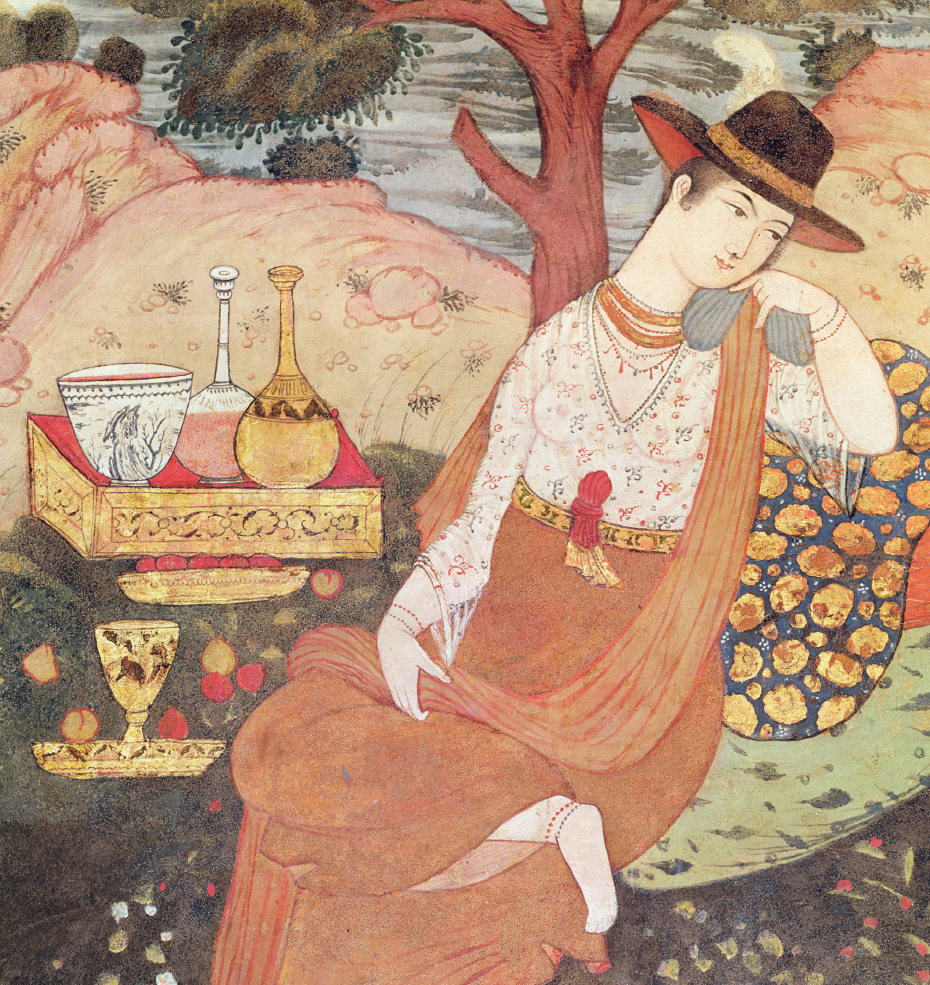Introduction for Chapter 17
17 The Islamic World Powers 1300–
> What were the strengths and weaknesses of the three great Islamic empires? Chapter 17 examines developments in Islamic empires during the early modern period. The Ottoman Empire was one of the largest, best-

LearningCurve
After reading the chapter, use LearningCurve to retain what you’ve read.
| 1299– |
1521 |
| Reign of Osman, founder of the Ottoman Dynasty | Piri Reis produces Book of the Sea, a navigational map book |
| 1299– |
1526– |
| Ottoman Empire | Mughal Empire |
| 1336– |
1556– |
| Life of Timur | Reign of Akbar in Mughal Empire |
| ca. mid- |
1570 |
| Coffeehouses become centers of Islamic male social life | Ottomans take control of Cyprus |
| 1453 | 1571 |
| Ottoman conquest of Constantinople | First major Ottoman defeat by Christians, at Lepanto |
| 1501– |
1587– |
| Reign of Safavid Shah Isma’il | Reign of Shah Abbas; height of Safavid power; carpet weaving becomes major Persian industry |
| 1501– |
1631– |
| Safavid Empire | Construction of Taj Mahal under Shah Jahan in India |
| 1520– |
1658– |
| Hürrem wields influence in the Ottoman Empire as Suleiman’s concubine and then wife | Reign of Aurangzeb; Mughal power begins to decline |
| 1520– |
1763 |
| Reign of Ottoman sultan Suleiman I; period of artistic flowering in Ottoman Empire | Treaty of Paris recognizes British control over much of India |